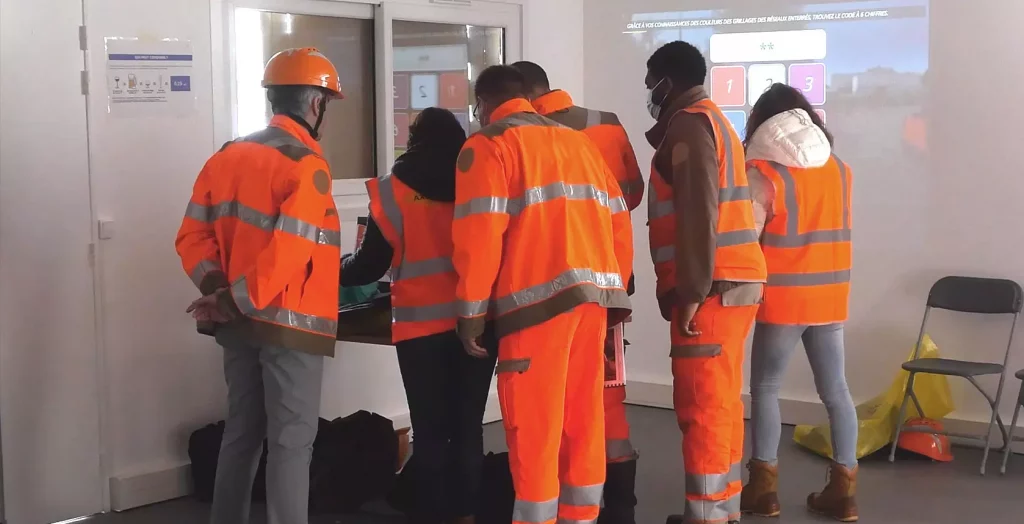How to captivate students’ interest while providing them with valuable knowledge?

The Principle of Educational Escape Games
Educational escape games are immersive games where participants must solve various puzzles to escape a room or complete a mission within a limited time.
When this concept is applied to education, each puzzle or challenge poses an academic problem that students must solve. This can include mathematics, science, history, or even language skills.
Educational Objectives
These escape games have been specially designed to achieve several educational objectives:
- Helping students make the link between theory and practice
- Encouraging collaborative problem-solving
- Promoting active engagement and participation
Benefits of Escape Games in Educational Settings
Cognitive Stimulation
The interactive nature of escape games forces students to use their critical thinking, logic, and creativity skills. Each puzzle presents a unique challenge that requires a different strategy to be solved.
Strengthening Social Skills
Not only do these games stimulate individual thinking, but they also require intense collaboration. Students must work together, communicate effectively, and share ideas, which develops their social and collaborative skills.
Increased Motivation and Engagement
The principle of a final goal, like “escaping” from a situation, adds extra motivation compared to traditional teaching methods. The game context makes students feel more invested and motivated to learn.
Practical Integration Examples
Science Subjects
In a science class, an escape game could involve safe chemical experiments, where students must identify reactions to solve puzzles. For example, determining the pH of different chemical solutions to access hidden clues.
Foreign Languages
For language disciplines, puzzles may include translations, vocabulary puzzles, or grammar exercises. Students could,for example, have to interpret key phrases to progress in the game.
History and Geography
In history, an escape game could transport students to a specific historical period, where they must use their historical knowledge to “solve” the puzzles. For geography, it could mean using maps and cultural clues to navigate a virtual exploration.
While some escape games may require various equipment (such as locks, chests, electronic devices), it is possible to create effective games with simple digital resources thanks to Serious Factory.
Designing an educational escape game requires careful planning and the accompaniment of a professional like Serious Factory.
Discover how to design an educational escape game from the 9 steps of the Juicy Learning method and do not hesitate to contact us for any educational escape game project.










